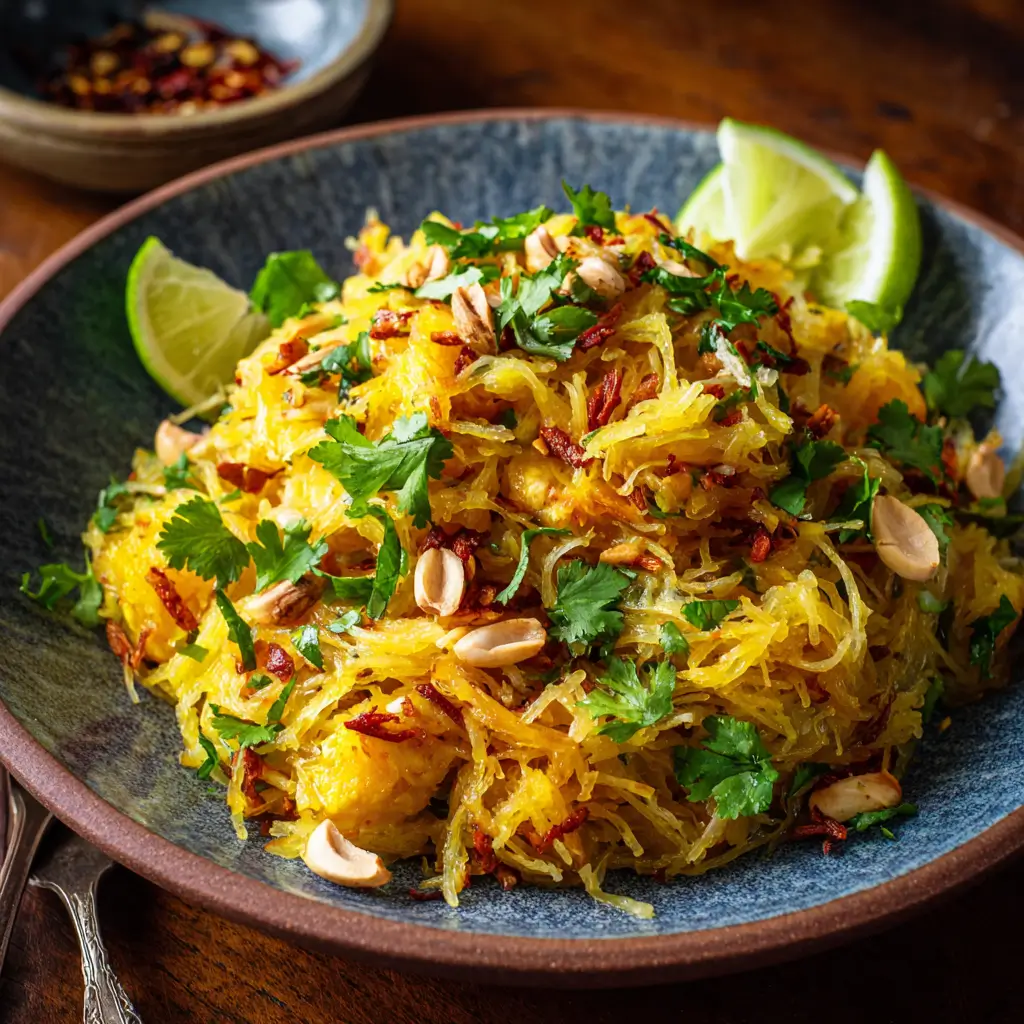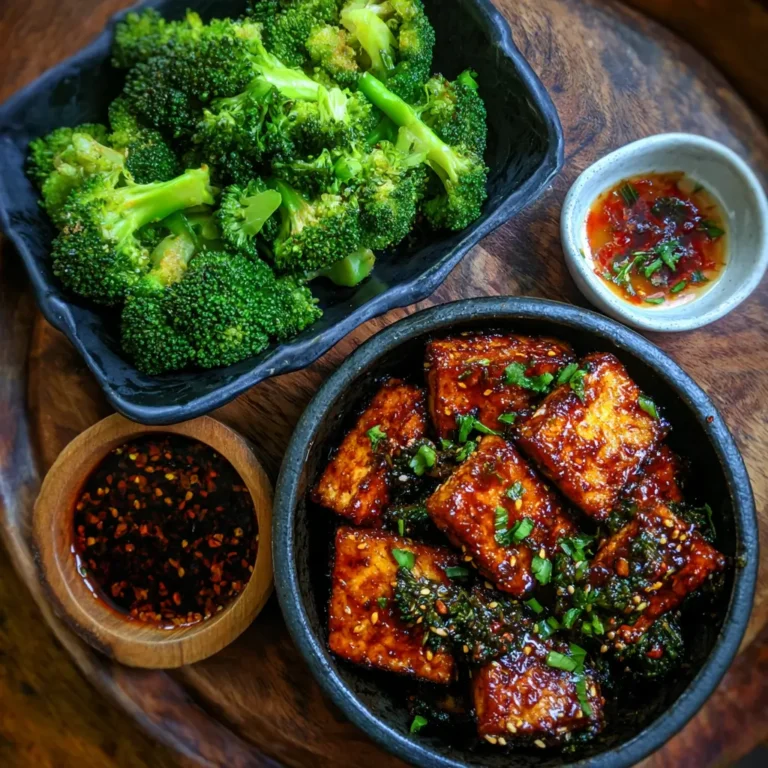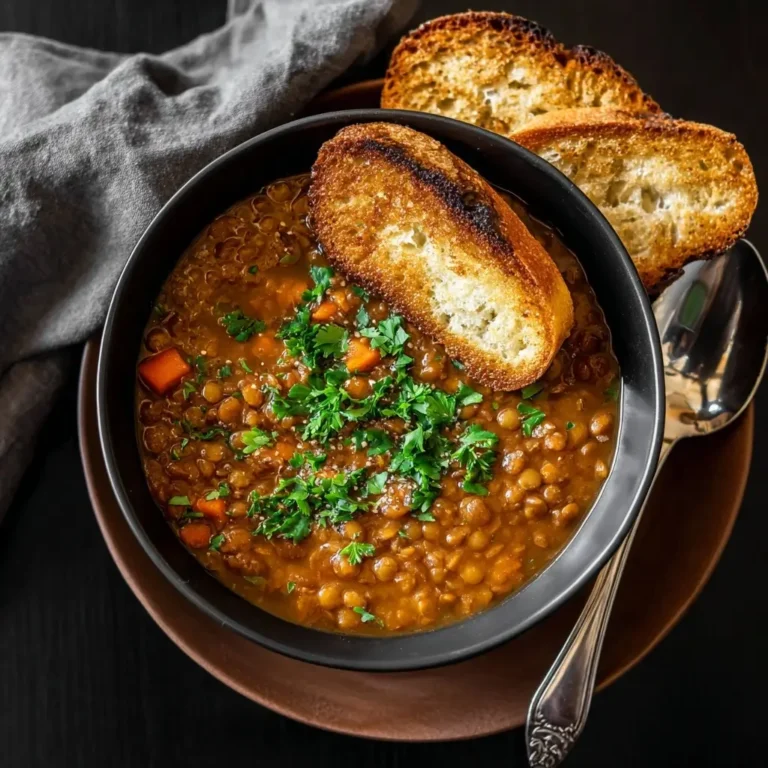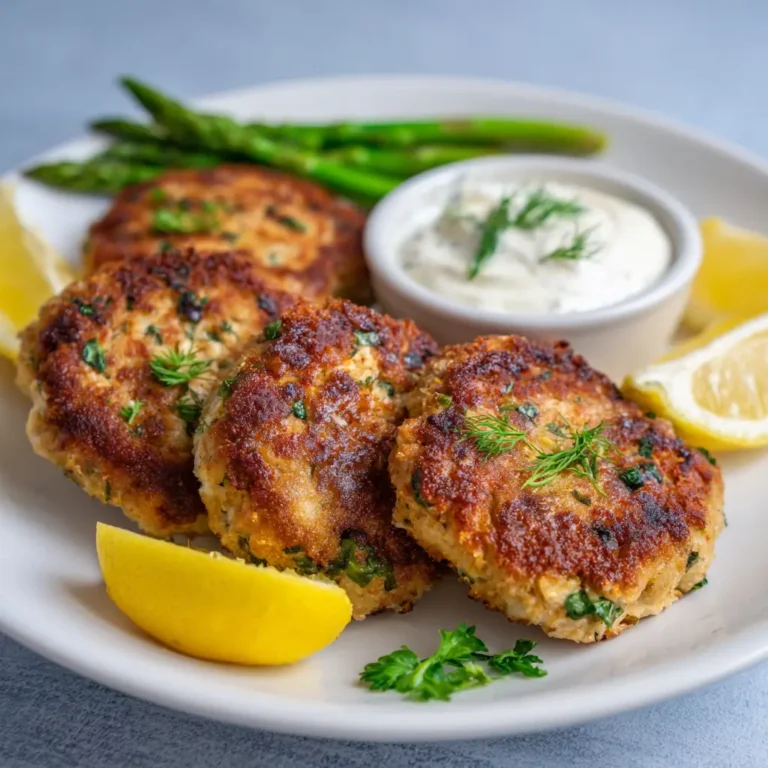Spaghetti Squash Pad Thai
Spaghetti Squash Pad Thai
Introduction
Spaghetti Squash Pad Thai is a healthy, creative twist on the classic Thai street food, Pad Thai. This version replaces traditional rice noodles with strands of roasted spaghetti squash, making it low-carb, gluten-free, and packed with nutrients. Perfect for those who want to enjoy the bold, savory-sweet flavors of Pad Thai without the heaviness of refined carbs. Whether you’re on a keto diet, paleo, or just looking for a healthier alternative, this dish is sure to become a favorite.
The History
Pad Thai is one of the most iconic dishes in Thai cuisine, believed to have been popularized in the 1930s and 1940s as part of a government campaign to promote national unity through food. It was created as a way to reduce rice consumption by encouraging stir-fried rice noodles. Today, Pad Thai is beloved worldwide for its balance of sweet, salty, sour, and umami flavors. The modern twist with spaghetti squash reflects the growing trend of healthier, low-carb alternatives that maintain the integrity of traditional dishes.
Ingredients Breakdown
Spaghetti squash is the star of this recipe, offering a light and slightly sweet base that absorbs flavors beautifully. Other key ingredients include protein (like shrimp, chicken, or tofu), bean sprouts, scallions, and a sauce made from tamarind, fish sauce or soy sauce, lime juice, and palm sugar or honey. Optional additions like peanuts, chili, and lime wedges enhance texture and flavor complexity.
Step-by-Step Recipe
- Prepare the Spaghetti Squash: Preheat your oven to 400°F (200°C). Cut the squash in half lengthwise, scoop out the seeds, and drizzle with olive oil. Place cut-side down on a baking sheet and roast for 35–45 minutes until tender. Once cooled slightly, use a fork to scrape out the flesh into noodle-like strands.
- Make the Pad Thai Sauce: In a small bowl, whisk together tamarind paste, fish sauce or soy sauce, lime juice, palm sugar or honey, garlic, and a splash of water. Adjust to taste, ensuring a balance of sweet, salty, sour, and umami.
- Stir-Fry the Ingredients: Heat a large skillet or wok over medium-high heat with a small amount of oil. Add your choice of protein and cook until nearly cooked through. Push to the side and add beaten eggs, scrambling until just set.
- Add Veggies and Sauce: Toss in the spaghetti squash strands, bean sprouts, and scallions. Pour in the Pad Thai sauce and stir-fry everything together for 2–3 minutes until the flavors meld and the protein is fully cooked.
- Garnish and Serve: Serve hot, garnished with crushed peanuts, fresh lime wedges, chopped cilantro, and optional chili flakes or Sriracha for heat.
Tips
- To save time, you can microwave the spaghetti squash instead of roasting it. Cut it in half, remove seeds, place cut-side down in a microwave-safe dish with a little water, and microwave for 8–10 minutes until tender.
- For extra flavor, toast the peanuts before crushing them.
- If using tofu, press it for at least 30 minutes before cooking to remove moisture and pan-fry until golden for a meaty texture.
- Make the sauce ahead of time to allow the flavors to develop more depth.
Variations and Customizations
- Vegetarian/Vegan: Replace fish sauce with soy sauce or tamari and use tofu as the protein. Ensure the tamarind paste is vegan-friendly.
- Low-Carb: Stick to spaghetti squash and avoid adding sugar in the sauce. Use a sugar substitute like erythritol or monk fruit if desired.
- Keto-Friendly: Substitute the tamarind and sugar with a keto-approved sauce base made from apple cider vinegar, coconut aminos, and a low-carb sweetener.
- Protein Options: Try chicken, shrimp, beef, or even scrambled eggs for a different texture and flavor profile.
- Additional Veggies: Add shredded carrots, bell peppers, mushrooms, or baby bok choy for more crunch and nutrition.
Health Considerations and Nutritional Value
Spaghetti Squash Pad Thai is a nutrient-dense meal that offers a healthy balance of macronutrients. Spaghetti squash is low in calories and carbs, rich in fiber, vitamin A, and antioxidants. The addition of protein ensures satiety, while the vegetables contribute vitamins, minerals, and fiber. Compared to traditional Pad Thai, this version significantly reduces sugar and gluten content, making it suitable for many dietary lifestyles. Always opt for high-quality ingredients like wild-caught seafood, organic vegetables, and natural sweeteners for maximum health benefits.
Ingredients
- 1 medium spaghetti squash
- 2 tbsp olive oil or coconut oil
- 2 cloves garlic, minced
- 1/2 lb shrimp, chicken, tofu, or beef (sliced)
- 2 eggs, beaten
- 1 cup bean sprouts
- 2 green onions, sliced
- 1/4 cup crushed peanuts (optional)
- 1 tbsp tamarind paste
- 1 tbsp fish sauce or soy sauce
- 1 tsp palm sugar, honey, or low-carb sweetener
- 1 tbsp lime juice
- Water as needed
- Lime wedges, cilantro, and chili flakes for garnish
Directions
- Preheat oven to 400°F (200°C). Cut spaghetti squash in half, scoop out seeds, and roast cut-side down for 35–45 minutes until tender. Let cool slightly, then scrape out the flesh with a fork into noodles.
- In a small bowl, mix tamarind paste, fish sauce or soy sauce, palm sugar or sweetener, lime juice, minced garlic, and a splash of water. Adjust seasoning to taste.
- Heat a skillet or wok over medium-high heat with oil. Cook your choice of protein until nearly done, then push to the side and scramble the beaten eggs.
- Add the spaghetti squash, bean sprouts, and green onions to the pan. Pour in the sauce and stir-fry everything together for 2–3 minutes until well combined and heated through.
- Garnish with crushed peanuts, lime wedges, cilantro, and chili flakes if desired. Serve immediately.
FAQ
- Can I use frozen spaghetti squash? Yes, you can use frozen spaghetti squash to save time. Thaw it in the refrigerator or microwave before using, and drain any excess water to avoid a soggy stir-fry.
- How do I store leftovers? Store in an airtight container in the fridge for up to 3 days. Reheat in a skillet or microwave, adding a splash of water or lime juice to refresh the flavors.
- Is Pad Thai sauce healthy? Traditional Pad Thai sauce can be high in sugar and sodium, but this homemade version allows you to control the ingredients, making it much healthier and customizable.
- What can I substitute for tamarind? If you can’t find tamarind paste, you can substitute with 1 tbsp rice vinegar plus 1 tsp brown sugar for a similar sweet-sour flavor.
- Can I make this ahead of time? While best served fresh, you can prep the ingredients separately ahead of time and stir-fry them when ready to serve for optimal texture.
Summary
Spaghetti Squash Pad Thai is a healthy, low-carb twist on a classic Thai dish, combining the rich flavors of tamarind, garlic, and lime with the light texture of roasted squash. It’s customizable, easy to make, and perfect for anyone looking to enjoy bold Asian flavors with a nutritious twist.






